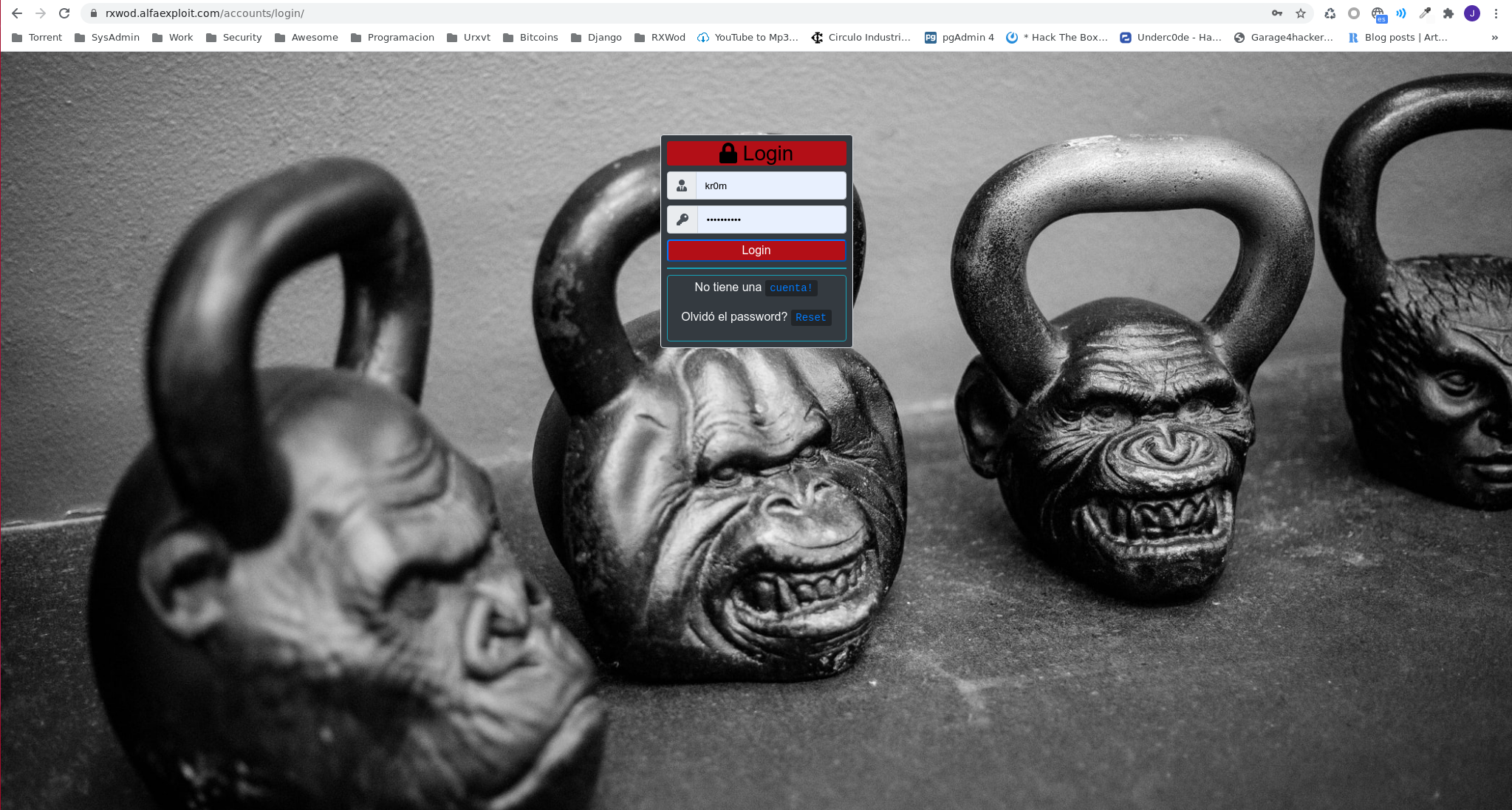This is the last of the articles dedicated to the Django-rxWod application. After much thought, I have decided to publish the code openly, after all, human knowledge belongs to the world. I will only describe the necessary steps to clone the repository.
Before starting, it is recommended to read the previous articles about Django since they are the previous steps to this article:
- Django: Venv under FreeBSD
- Django: MVT, Apps and URLs
- Django: Database Models
- Django: Administration Interface
- Django: DTL(Django Template Language)
- Django: Debug Toolbar
- Django: User Registration and Authentication
- Django: Webpack
- Django: Bootstrap with WebPack
- Django: Project in Production
- Django: Translations
- Django: Administrative Commands
- Django: Updates
- Django: Backups
- Django: Gource Video and Gitlog
The repository is hosted on my own server, to access it you will need to connect via ssh but the port is not the standard 22 but 32005, therefore we must modify our ssh configuration as follows:
Host alfaexploit.com
User gitolite
Port 32005
Hostname alfaexploit.com
IdentityFile ~/.ssh/rxWod
If we look closely, we can see that the configuration also indicates the keys to be used. This is because
GitOlite
does not allow public access to repositories. Therefore, we download some keys that are allowed:
fetch https://alfaexploit.com/files/rxWod.pub
mv rxWod rxWod.pub .ssh/
chmod 600 .ssh/rxWod
chmod 644 .ssh/rxWod.pub
Now we can clone the repository:
If we have all the dependencies installed, the credential files created, and we start the embedded Django server or follow the
steps to deploy a project in production
, we should see the following windows:

